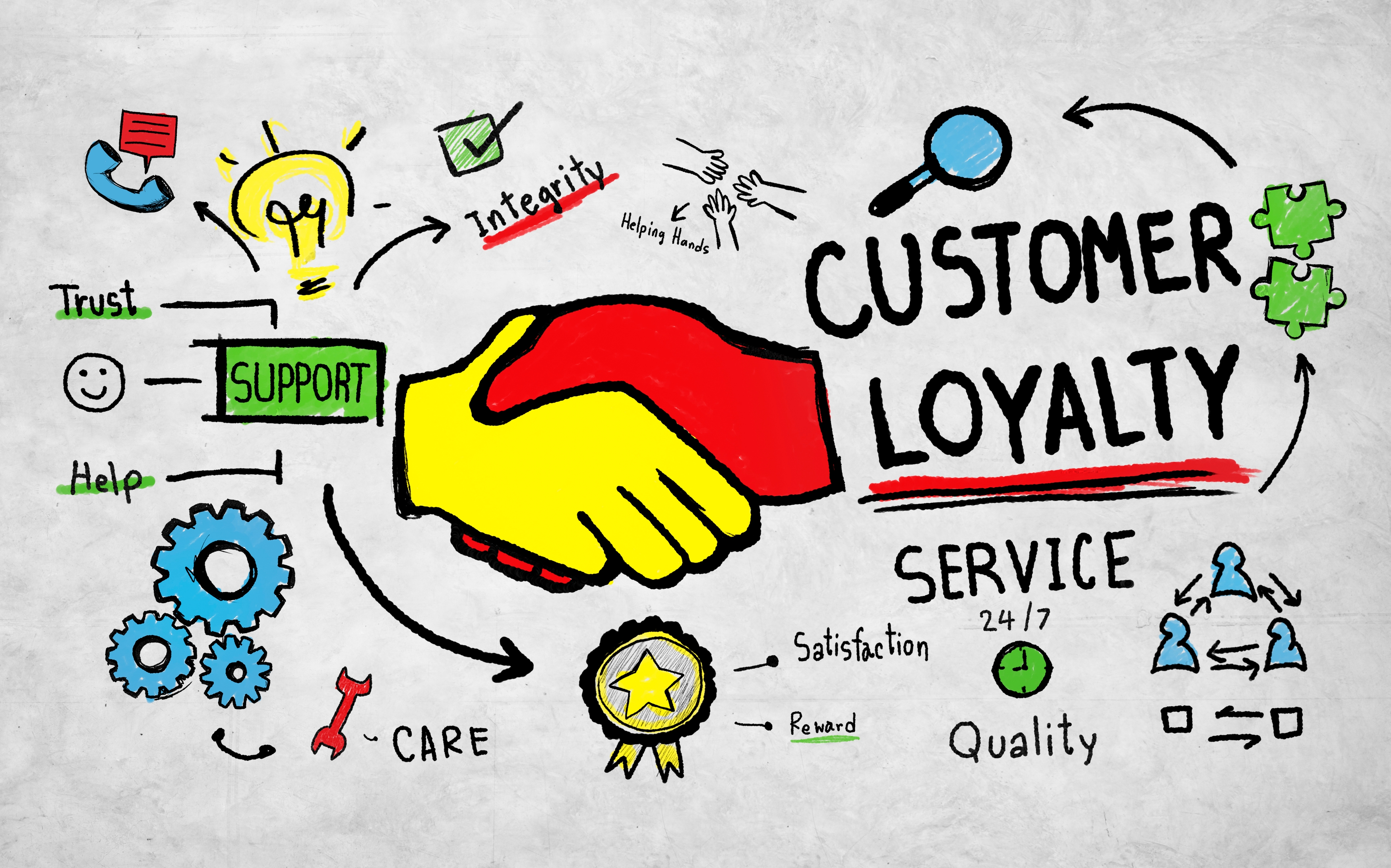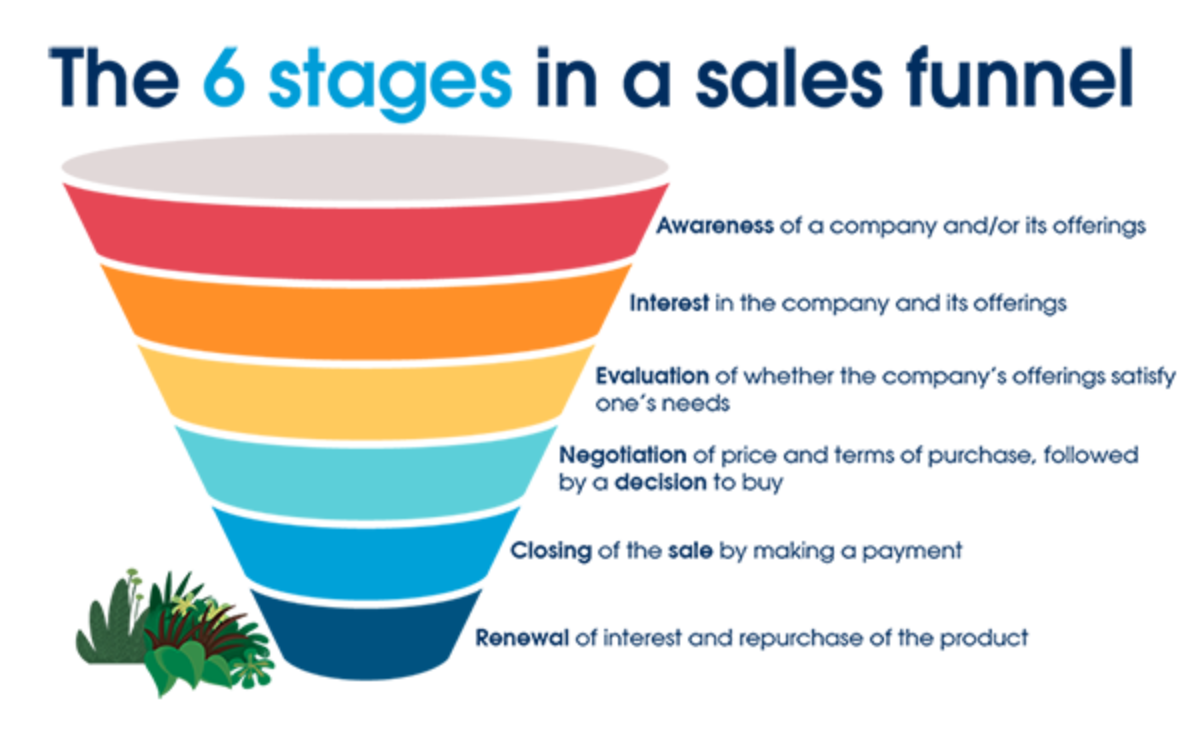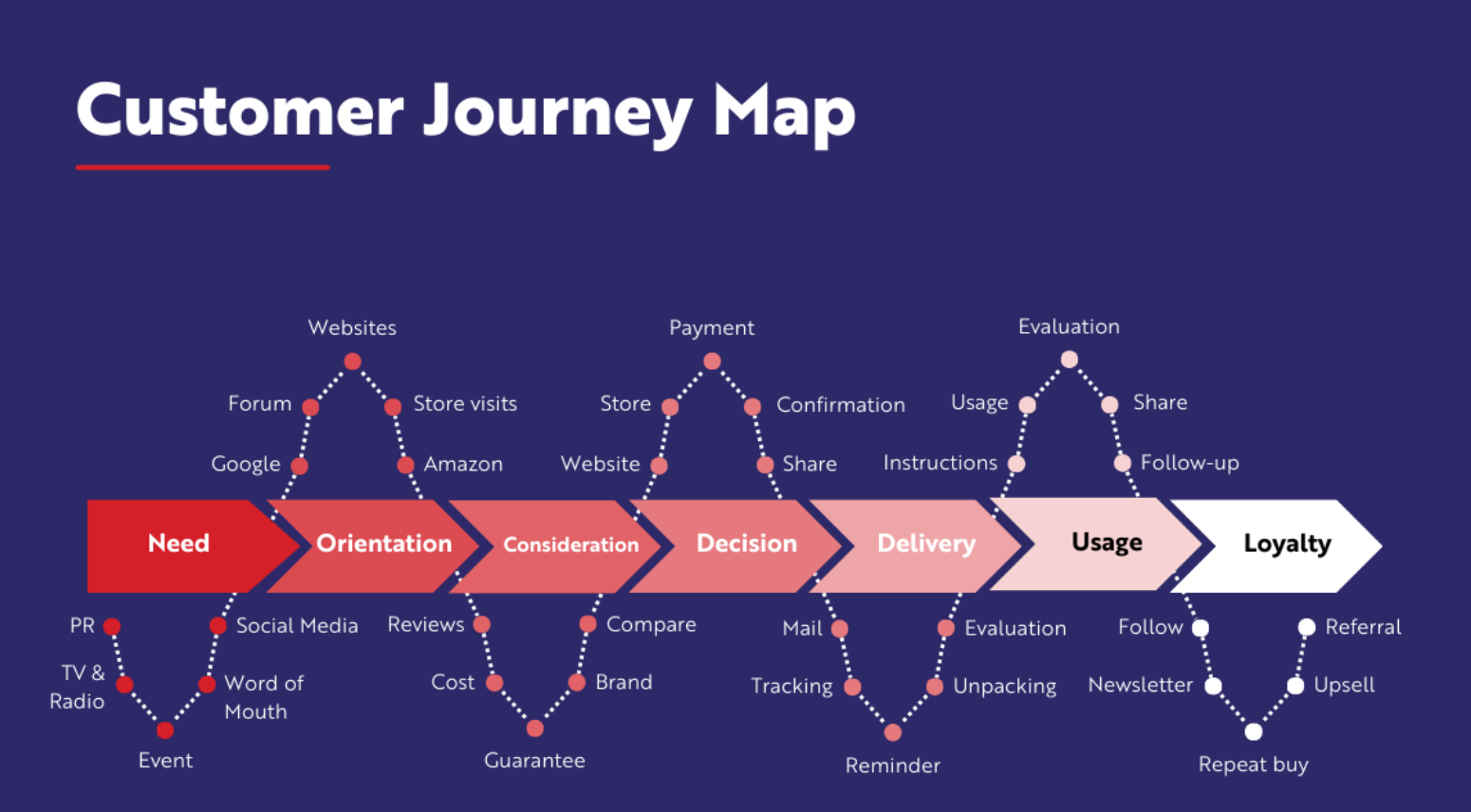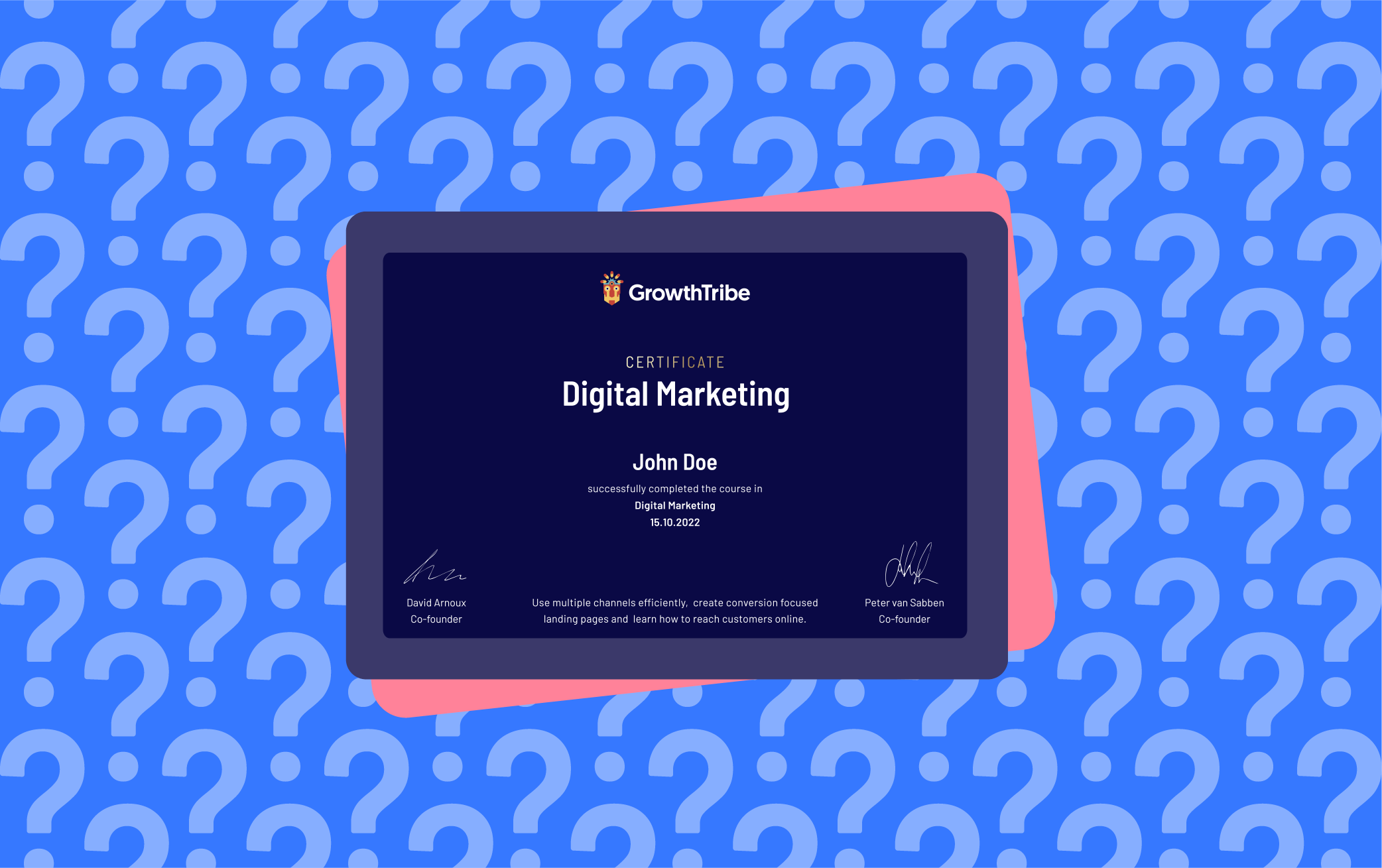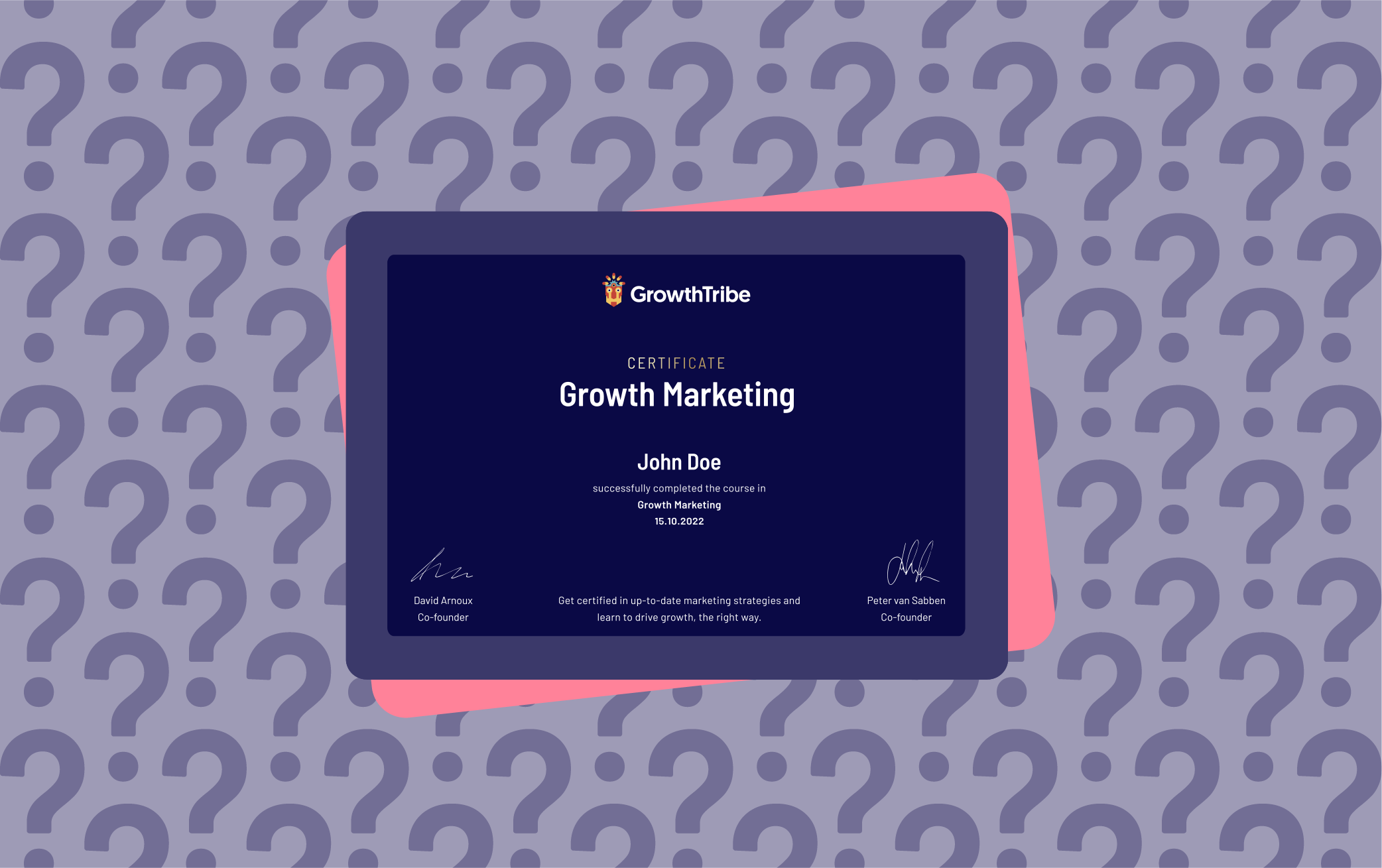What is Brand Communication: Definition, Strategy & Tips

If you understand how consumers behave, in the sense that they naturally seek out and connect with like-minded brands, then you’re probably aware of the power of brand communication. It’s a hugely powerful part of a business’s marketing efforts and overarching strategy.
In this guide, we’ll learn what brand communication is, why it matters and how you can improve your own brand communication strategy.
Looking for something in particular? Skip ahead using the table of contents below:
- What is brand communication?
- Advantages of good brand communication
- Build your brand communication around the customer journey
- 7 rules for designing the best customer journey
- 5 ways to improve your brand communication strategy
- Want to learn more about digital communication?
- Over and out
- FAQ
What is brand communication?
Brand communication refers to all of the activities a company performs that influence how a customer perceives a brand.
Consider this: every time you see a logo, a billboard, a social media post, an advertisement or even a review, you are connecting with a brand.
This makes those mediums a form of brand communication.
And at each one of these touchpoints, brands are trying to either inform, educate or persuade you.
In turn, brand communication forges a connection with customers on some level and influences the decision-making process.
But it also extends to other entities that might attach themselves to a brand, including investors and sponsors.
How you communicate your brand will directly impact how people feel about it, and whether they decide to engage or not.
Advantages of good brand communication
We’ve touched on brand communication on a conceptual level but now let’s dig a bit deeper and uncover some of the benefits:
1. You differentiate from competitors
You may very well have a fantastic product. It may even be better than the leading competitor.
But if you don’t communicate that then no one will know.
Or even take a chance.
In the mid-80s, Converse and Adidas dominated the market share in basketball shoes, collectively owning over 80%.
Nike, who at the time was only known for its running gear, struggled to sign big-name players to its basketball footwear.
That all changed after the shock signing of 4th draft pick Michael Jordan and history was made.
But how did they convince him? Why not go with a proven competitor?
Because Nike understood brand communication at its core.
They combined a great product with even better branding.
They established a personal connection between the athlete and the consumer by creating the Jordan-Nike, promoting a way of life and creating a sneaker culture.
They instilled the company’s values and beliefs in the slogan and design, which appealed directly to their target audience.
Nowadays, the Nike Air Jordan generates $4 billion in annual revenue.
2. You build authority in your industry/niche
Need a smartphone? Get an Apple or Samsung.
Google is a brand that has become a verb 🤯.
Need to know that recipe? You Google it.
Need a quick meal? McDonalds or Burger King.
New Camera? Nikon or Canon.
I guess you get the point, right?
Even once-considered discount or lower-quality supermarkets like Aldi and Lidl have overcome brand identity concerns to become market leaders.
These are all examples of brands that have made it their businesses to employ a strong brand communication strategy.
What this has led to is them being considered one of, if not the best in class.
A good digital communication strategy allows you to hone in on what makes your products and services superior, and then convey that to your audience.
This builds credibility and authority which attracts more customers and…
3. Increases customer loyalty
When you consistently have a positive experience with a brand (not even every time, no one’s perfect), then you’re far more likely to continue using that product or service.
The same works for brand communication.
If you’re marketing your brand values and identity in a way that resonates with people then those people will remain loyal.
Did you know that 65% of consumers say a brand’s CEO and employees influence whether they buy?
Think about how you receive an email from a brand, days or even weeks after your initial purchase.
How did it make you feel? Did you appreciate the content? Did it inspire you, entertain or get you to talk about it?
The same can be said of ads or social media posts.
If you’re hitting the right buttons with your brand communications, you’ll gain fans who convince others to come aboard.
4. Develop the market
Brand corporate communications plays a long game.
What businesses are trying to do is build something that matters over time.
As this journey unfolds, your brand will position itself in the market and gain recognition.
Eventually, this can lead to the adoption of other brands that embody the same ideology, all operating under one banner.
Build your brand communication around the customer journey
88% of consumers say that authenticity is a key factor when deciding what brand they like and support.
In order to prove your authenticity to potential customers, you have to take time to build brand awareness and educate your audience on your products and services.
This is easier said than done and requires a shift in how we perceive consumer interactions.
For example, if we think about branding strategy in the traditional sense, a lot of marketing efforts were directed towards converting customers at the lower stages of the sales funnel.
Businesses would buy up advertisement space or run ads that get customers over the line.
(Image source: sales funnel)
This meant that customers were seeing promotional content that was designed to get a bite, but was not necessarily concerned with forging a lasting customer relationship.
More recently, there’s been a power shift in consumer habits, where customers are now in the driver’s seat.
They demand more from a brand than a one-time hit, they want to connect to them on a deeper level, with an emotional connection.
To better understand how to navigate this customer-first notion, brands need to design their communications from the customer’s perspective and map their experience.
This is what’s known as the “customer journey”.
A customer journey is a visual map that traces how a customer interacts with a business from the awareness stage, all the way through to the sale stage.
According to research, 89% of marketers claim that building brand awareness is their top goal.
That’s because once a business can capture a customer at the top of the funnel, they can tactfully move them along to the point of purchase.
(Image source: customer journey)
7 rules for designing the best customer journey
Before you can improve your customer experience, you first need to understand it.
Then, you create a customer journey map to show how a customer finds and interacts with your brand.
Keep in mind, that different customers will come across your brand for different reasons.
Not every journey will be the same, which is why you should create more than one map.
But, the following rules can be applied to any customer journey map.
1. Do deep research
You need to know what your customers are thinking and feeling.
It’s fair to say that an established business or department will have a good indicator of what makes its customers tick.
But you can’t solely rely on internal teams to paint this picture.
Use qualitative research to gather insights from real-life customers through interviews, surveys and other research methods and use quantitive research to test and confirm theories.
2. Make buyer personas
Buyer personas help provide a deeper understanding of how your ideal customer thinks, feels and interacts with your brand.
To create one, you’ll dig into a person’s pains, challenges, ambitions, preferences and demographic information.
When you stitch all of this together along with your initial research, you end up with a detailed and specific buyer persona.
You can even give them a name (Bruce Lead is taken!).
This allows brands to deliver a sophisticated and deeply personalised customer experience.
3. Identify all customer touchpoints
Every time a customer interacts with your brand, this is a touchpoint.
Whether it’s visiting your website, viewing your social media page and blog post, reading an email or hitting a landing page.
Your customer touchpoints should be that of design, they’re intentional but, some customer touchpoints occur indirectly as a result of third parties, for example, referrals from friends.
All of these experiences should be listed.
4. Highlight “moments of truth”
A moment of truth is an interaction that has a significant impact on a customer.
And, these could be positive or negative.
For example, a bad review, or a piece of content that’s received considerable backlash might dissuade a customer from purchasing.
Conversely, you might find that people generally have a glowing experience with your sales agents, which prompts a purchase soon after.
Moments of truth are huge.
By deducing what, where and when these happen, you can adjust and optimise your entire strategy and remove friction in the customer journey.
Really try and tap into the emotions your customers are having at these different moments to guide your judgement.
5. Take the journey yourself
What better way is there to empathise with your customers than to take the journey yourself?
Starting from a point of entry (that you’ve established in your customer map), see how it feels to interact with your brand.
Remember, that your customers will have different experiences depending on how they find you.
Use your personas and maps to evaluate what this journey looks like from different points, whether that’s social media campaigns, search engines or advertising campaigns.
First impressions are everything in brand communication, make yours count for better customer satisfaction.
6. Reflect on your brand values
Now that you’ve placed yourself in your customer’s shoes, start assessing whether the experience aligns with your brand values.
In other words, is the customer experience reflecting what you claim to do as a company?
Your journey maps will highlight areas and processes where you excel and where you fall short.
Use this information to fine-tune aspects of the customer journey and better align the experience for your target audience.
7. Take action!
All that’s left to do is interpret your findings into action.
After completing the previous steps, you’ll have gathered a lot of information.
You’ll know the high and low points of your customer journey which means you can start brainstorming solutions and implementing changes.
One of the best methods for this A/B testing.
This allows you to trial multiple versions of a solution and measure the performance to see which is better.
5 ways to Improve Your Brand Communication Strategy
There are no two ways about it, brand communication is vital to obtaining success from your overarching marketing goals.
And your brand communication strategy is how you get there.
It’s how your customers will identify you, separate you from a competitor and how they connect with you.
To make sure you’re communicating with your customers effectively, try these tips to improve your strategy:
1. Be authentic
“92% of marketers believe that most or all of the content they create resonates as authentic with customers. Yet 51% of consumers say that less than half of brands create content that resonates as authentic.” - G2
This tells us that there is a clear disconnect between what brands think they’re communicating and what customers are perceiving.
Customers want to trust the brands they do business with.
To do this, you need to create authentic content and have a two-way communication that embodies your brand values.
2. Be transparent
By giving people a window into your brand, they can learn more about your motives, how you operate, how employees are treated and what your core beliefs are.
It might sound trivial, but customers are aching to find out what happens behind the scenes.
It forges personal connections, and when brand and core customer align, magic happens.
Interestingly, 64% of consumers have stopped purchasing a brand after hearing news of that company’s poor employee treatment.
Don't oversell your position, products or services.
Be open and honest about what you offer.
This will not only avoid embarrassment if you fail to meet expectations, but it also distinguishes you from a sea of imitators.
3. Maintain a consistent look and brand voice
A consistent visual identity will increase brand awareness and help customers recall your brand after it leaves their sight.
Something as simple as choosing the right colours can boost brand recognition by 80%.
Maintain your look across all channels to stand out and stick in customers’ minds.
The same applies to your brand voice.
It needs to sound natural and complement the look and feel of your website and social channels, and be adapted to suit different platforms.
Think of your brand as having a personality, this is what your customers will identify with and connect to.
4. Choose the right channels
Knowing where to distribute your content is half the battle of an effective brand communication strategy.
As the old marketing adage teaches us, you need to meet your customers where they are.
You can use communication tools and visual elements to make your marketing communication strategy pop up.
Whether that’s online or in-person, your brand needs to show up in the right places to maximise engagement.
5. Prepare for when things go wrong
Crisis management is essential to avoid PR nightmares.
As your brand extends to wider audiences, you lose some oversight of how your brand is represented.
This is especially true of user-generated content, where customers create content instead of the brands themselves.
If a person misrepresents your brand, it can have devastating effects on your brand image and have a ripple effect online.
To manage these outcomes, you should have a solid crisis communication strategy in place to mitigate damage and avoid poor communication.
Want to learn more about digital communication?
In today's fast-paced world, digital communication has become a ubiquitous part of our daily lives.
From email to social media, digital platforms provide instant connectivity, facilitating seamless interaction and collaboration across distances.
This course will teach you how to create powerful messages and communicate online using data.
6 modules | 72 lessons | 21 videos | 6 tests | 6 exercises
- Module 1 - Persuasive digital communication in the digital age
- Module 2 - Crafting effective digital communications
- Module 3 - Data-informed digital communications
- Module 4 - Communicating your values and values
- Module 5 - Planning and executing effective strategic communications
- Module 6 - Reflecting and refining

Over and out
How you communicate your brand directly affects how stakeholders perceive it.
By implementing an effective communication strategy, your business can increase awareness, engagement and loyal customers.
The key is to empathise with your customers by mapping their shared experiences and making adjustments that improve them.
If you are eager to learn more and have an impactful brand communication strategy, check out this course on digital communication at Growth Tribe here.
Be consistent, authentic and prepared when it comes to your business objectives.
If you can do all of this, success will follow.
FAQ
1. What constitutes brand communication?
Brand communication is how brands convey their identity, values, and messages to their audience through various channels such as advertising, marketing, and public relations.
2. Why is brand communication important?
Strategic brand communication is essential for building branding efforts, establishing brand identity, fostering customer loyalty, and marketing communications, ultimately contributing to business success.
3. What key elements are included in a brand communication strategy?
A brand communication strategy typically involves defining the brand's unique selling proposition, identifying the target customers, crafting a consistent brand core message, selecting appropriate communication channels, designing a communication model, building efficient marketing campaigns, and ensuring consistency across all platforms.
4. Any recommendations for effective brand communication?
For an effective brand communication plan, take a look into these elements:
- Understand your audience: Tailor your message to resonate with your target market demographic.
- Maintain authenticity: Be genuine in your communication to build trust with consumers.
- Ensure consistency: Maintain a unified brand image across all digital channels.
- Use storytelling: Engage consumers through compelling narratives that evoke emotion.
- Foster engagement: Listen to feedback and interact with your audience to strengthen relationships.
5. How can businesses assess the effectiveness of their brand communication efforts?
Businesses can gauge the effectiveness of their brand communication through metrics such as brand awareness, sentiment analysis, customer engagement, website traffic, social media interactions, and sales performance. Monitoring these indicators provides insights into the impact of brand communication goals.
Categories
- Business & Innovation (89)
- Growth & Marketing (66)
- Data & Analytics (29)
- Alumni Stories (11)
Related articles
Watch related webinar
How To Fix a ChatGPT Network Error Code
.png)
Latest articles
Agile Decoded: Answering 11 Key Questions on Agile Marketing
It's time for an agile approach! Stemming from the principles of...
The Top 11 Questions About our Digital Marketing Course Answered
I know you are probably googling around digital marketing...
The Top 11 Questions About our Growth Marketing Course Answered
Curious about our Growth Marketing Course? Wondering how it can...
AI in Business: Your 11 Essential Questions Answered
Artificial intelligence (AI) has emerged as a game-changer for...

Watch related webinar
How To Fix a ChatGPT Network Error Code
.png)







